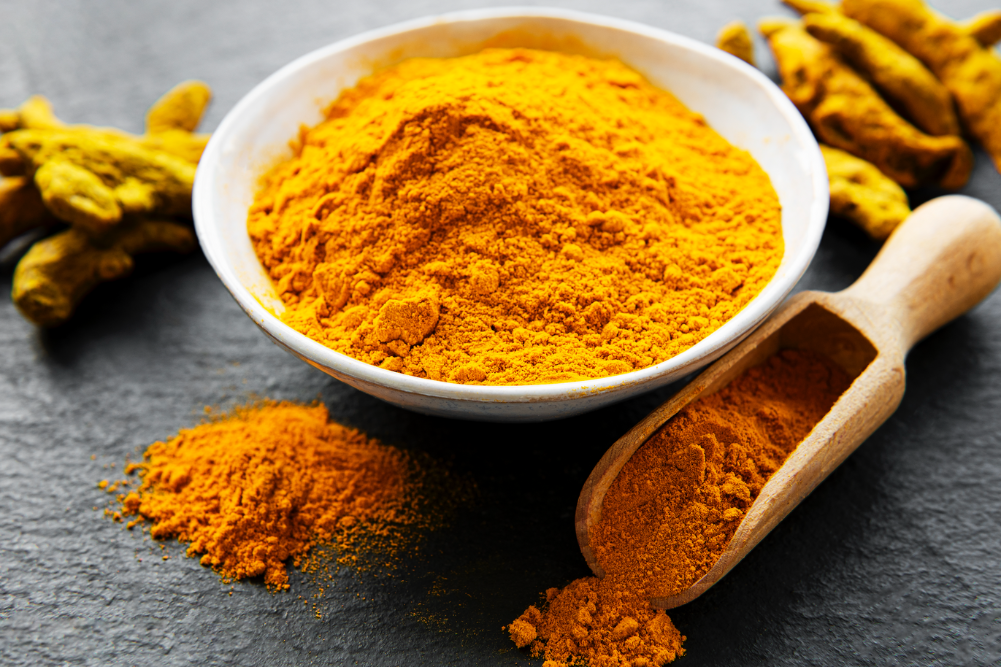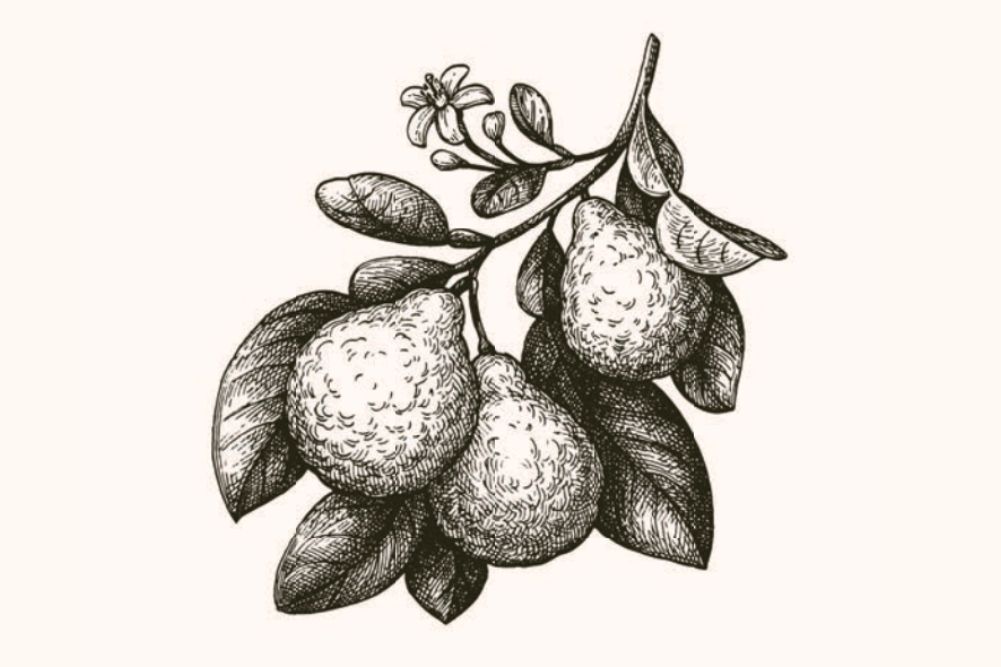Barley: the complete protein food
Barley is considered to be the first cereal grain cultivated by humans. Its use as a functional food dates back to 7000 BCE with ancient Asian and Middle Eastern cultures including barley grass plants in their diets and using it for the treatment of various conditions such as skin, liver, blood and digestive disorders.
The ancient Greeks used the mucilage derived from the cereal to treat inflammation of the gastrointestinal tract, while the Roman physician Pliny used barley as part of a ritualised cure for boils, and gladiators ate barley for strength and stamina.
Superfood
Barley grass (Hordeum vulgare) is the green shoot that later grows into the barley plant and grain. It’s usually harvested about 200 days after germination, when the shoots are less than a foot tall and at their nutritional peak, possessing a multitude of vitamins, minerals and amino acids.
Apart from being a concentrated source of more than 30 vitamins and minerals, barley grass is extremely high in enzymes and particularly rich in chlorophyll. Unlike most plants, barley grass provides all nine essential amino acids (those your body can’t produce), thus making it a complete protein food.
Barley’s nutrient profile
Vitamins: beta carotene, E, K, C, nicotinic acid, pantothenic acid, B1, B2, B6, B12 and folic acid
Minerals: potassium, calcium, iron, phosphorus and magnesium
Other components: chlorophyll, lutein, amino acids, protein, fibre and enzymes
Very versatile
Being nutrient-dense, the grass of the barley plant is now used for a variety of purposes and is effective at reducing oxidative stress within the body, lowering cholesterol levels, reducing atherosclerosis and possibly helping to stabilise blood sugar levels.
Barley grass is also very alkaline, so regular consumption helps to maintain the proper balance of acidity and alkalinity (pH) of your blood and other body fluids. This is important in order to prevent minerals such as calcium leaching out of bones and into the bloodstream. The high level of chlorophyll in barley helps to cleanse your body and promotes the health of your circulatory, digestive and immune systems.
Antioxidant and anti-tumour
Barley grass protects cells against carcinogens because of its high level of antioxidant activity. A number of antioxidants have been identified in barley grass, including superoxide dismutase (SOD), which protects cells against radiation and free radical damage. Another antioxidant, alpha-tocopherol succinate, a potent relative of vitamin E, may also be responsible for much of the plant’s anti-tumour action.
According to Allan Goldstein of George Washington University’s School of Medicine and Health Sciences, barley seems to inhibit several types of cancer, including leukaemia, brain tumours and prostate cancer. Barley also contains 2"-O-glucosyl isovitexin (2"-O-GIV), an antioxidant reported to have activity equal or superior to that of vitamin E. Studies show that this flavonoid molecule may reduce the risk of atherosclerosis by decreasing the oxidation of fats.
Interestingly, it has been found that chlorophyll plays a role in protecting cells against carcinogens. This is thought to be through a number of mechanisms, such as inactivation of carcinogens through the formation of chlorophyll-carcinogen complexes, reduction of carcinogen binding to DNA, inhibition of the enzyme that activates the carcinogen and inhibition of the enzymes involved in rapid cell division.
Boost your cardiovascular function
A study recently published in the scientific journal, Diabetes and Metabolism, revealed that regular consumption of barley grass can decrease “bad” LDL-cholesterol levels. Thirty-six type 2 diabetics with hyperlipidemia were randomly assigned to receive daily supplements of barley grass, or a combination of vitamin C and E, or a combination of barley grass and vitamins C and E over a period of four weeks.
The researchers found that barley grass reduced the levels of total cholesterol, LDL-cholesterol and oxygen free radicals. However, when taken with vitamins C and E, barley grass more effectively lowered the level of free radicals than when taking either barley grass or the vitamins on their own. The consumption of barley grass in combination with antioxidant vitamins therefore appears to have a protective effect and promote healthy cardiovascular function.
The cholesterol-lowering effects of barley grass have been partly attributed to its fibre content as well as the beta-sitosterol components. Beta-sitosterol inhibits the intestinal absorption of cholesterol and accelerates its catabolism to bile acid.
Taking your barley
Barley grass is very well tolerated by most people. Unlike the seeds of the barley plant, the grass does not contain gluten, but individuals who have coeliac disease or those with any gastrointestinal disease should nonetheless use barley products with caution. If you have an allergic sensitivity to barley, check with your health practitioner before consuming barley grass, though people with allergies to the barley grain are rarely allergic to it in its grass stage.
Fresh barley grass can be juiced, but barley grass powder is the more commonly used form. The daily dose of barley grass powder is 5–10g two to three times daily. Barley grass powder is best mixed with water or juice, or try blending it into your smoothie along with your choice of fruit.







